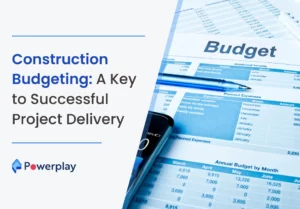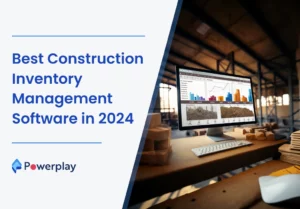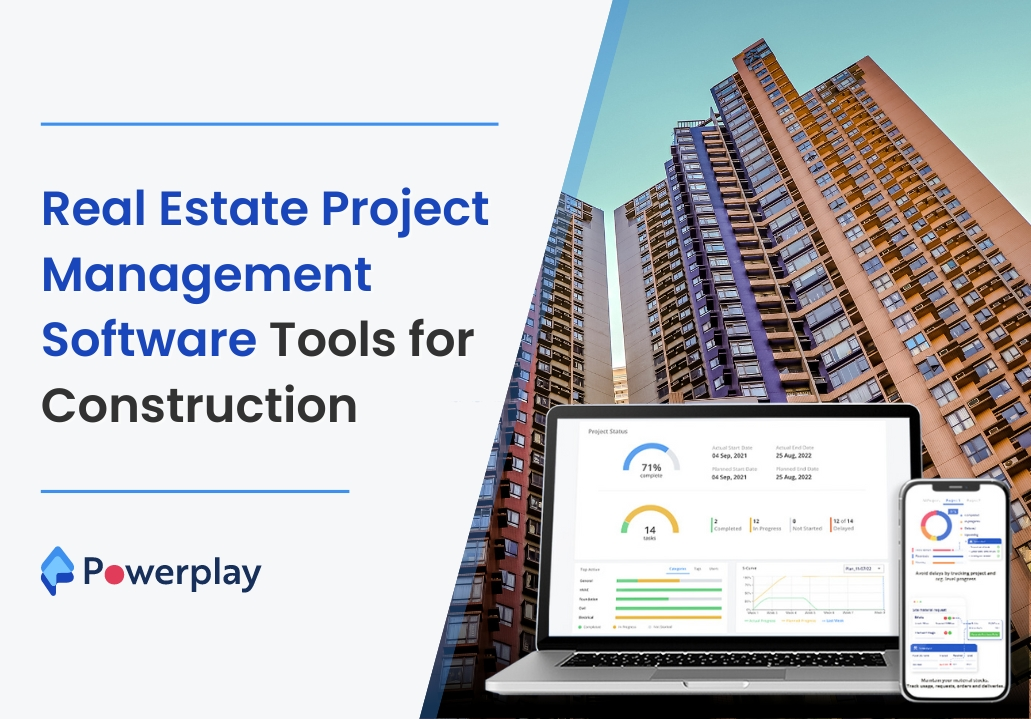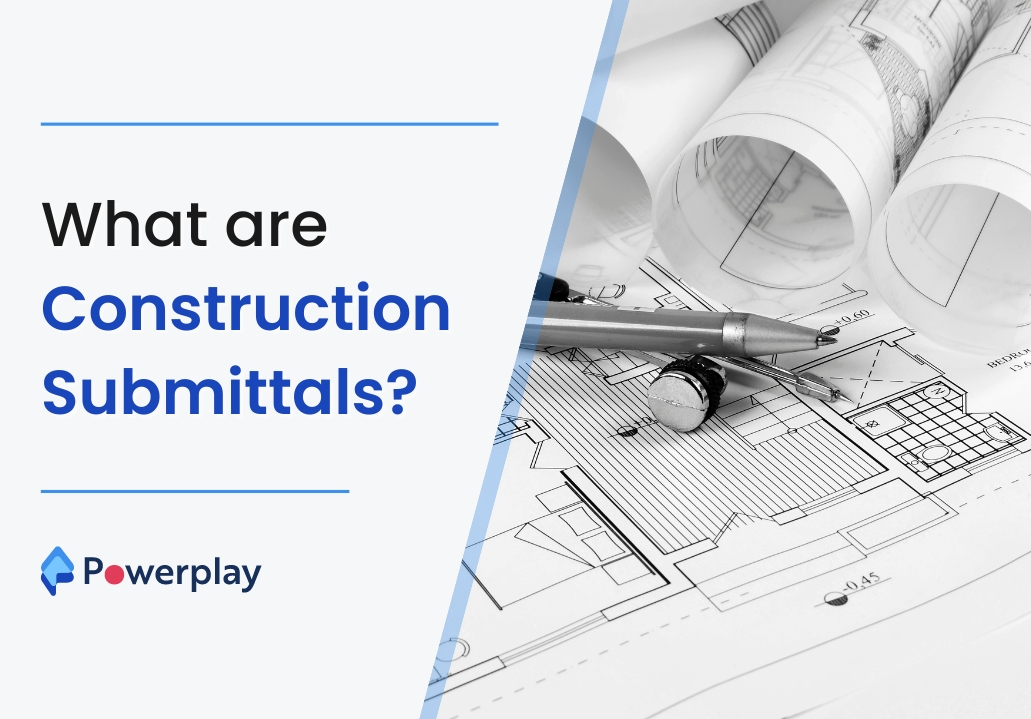What are the risks in a construction project?
-
Kumar Abhishek Anand
- October 23, 2023
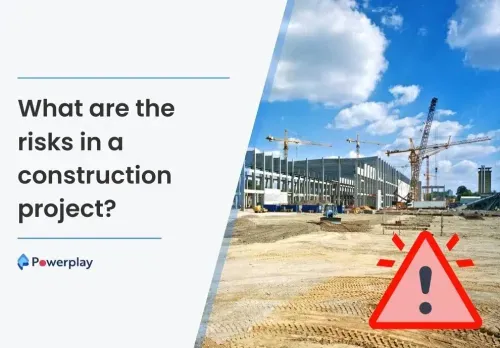
No doubt, construction is a risky business. Every construction project is uniquely different, and the distinctive characteristics of the industry – such as high-cost intensity and lengthy durations – also add a layer of complexity to the risk landscape.
Construction projects are prone to failure when things have gone against the process- risk events that have triggered, threatening project deliverables. You can find yourself also in search of a skilled workforce that can significantly affect productivity.
Types of risks in construction
Here are a few common categories of risk while working on a construction site:
1. Financial risks
One of the biggest risks construction projects can face is overbudgeting. As businesses spend money on materials, equipment, labour and more, they need to know how much they’re spending and how to approach any financial challenges. Depending on where the construction project is taking place, the financial risks can also vary based on taxes, inflation or local currency rates.
These factors can cause material prices to fluctuate and affect the site’s insurance rates.
2. Safety risks
Safety risks can occur throughout the project because of the dangerous equipment and hazardous materials construction crews use. Risk management plans can help reduce those risks by developing safety regulations and effective responses to project accidents.
From the moment the company starts the project’s designs to its completion, it’s important to focus on safety risks and plan the project accordingly to reduce on-site injuries or accidents. For example, some companies use daily tool and equipment checks to ensure everything is in good condition and working properly.
3. Personnel risks
A few personnel risks can affect a construction project’s progress, including a lack of skilled labourers and overworked employees. When starting a new project, some companies might not find the right workers for the job, possibly causing a delay until they do or forcing them to use extra resources to train new employees.
It’s also important for businesses to be aware of how much some labourers are working because tiring construction crews can increase safety risks and possibly push some workers to seek other employment opportunities.
4. Legal risks
Contracts are often the number one source of legal risks during a construction project. For example, project delays or overspending might trigger contract clauses, costing companies money or additional resources.
When starting a new project, businesses need to examine contracts and ensure they can meet the agreed-upon contract requirements. It’s also beneficial to add helpful solutions or processes to the risk management plan to foresee potential legal risks and how to navigate them if they occur.
5. Environmental risks
Environmental risks are any challenges or problems that present as natural occurrences, including floods, fires, earthquakes, etc. Before performing work on a construction site, it’s helpful for construction crews to survey the land and identify potential risks.
For example, if the surrounding area has a history of high temperatures, the company can take precautions to protect its workers. It’s also possible for businesses to use the risks they’ve identified to negotiate special rates with insurance companies or put environmental impact clauses in their contract.
6. Project risks
Project risks are any issues or challenges due to poor project management. Whether it’s poor scheduling, planning or resource allocation, inconsistent project management can create risks that cause delays and cost companies money. Because of this, project risks can impact other risks, such as financial, legal and personnel. When planning a project, businesses need to be aware of project risks and actively take precautions and steps to avoid them.
7. Stakeholder risks
Stakeholder risks are risks that occur because of the project’s stakeholders. Stakeholder risks can also occur when contractors and subcontractors don’t communicate efficiently about materials or project changes. To avoid or minimize stakeholder risks, some companies use contract clauses to prevent sudden changes and ensure communication never falters between their collaborators.
For example, if the project’s client wants to make sudden changes to the designs, that can cause delays or change the scope and schedule of the project entirely.
What is a risk management plan?
A risk management plan is a system that individuals establish to help them mitigate and manage potential risks during a project. Individuals often write the plan as a document they can reference throughout the project’s duration if a problem or challenge presents itself.
Though companies and businesses use risk management plans for various fields and industries, they are especially useful for construction projects. For example, suppose a construction crew were to run out of materials for a section of their project. In that case, the construction manager could consult the risk management plan to help them find a quick and efficient solution.
Share
Kumar is a digital content professional with more than 2 years of experience in Blog writing, copywriting and scripting. His passion lies in the art of creating convincing content that plays a major role in converting leads for SAAS businesses.
